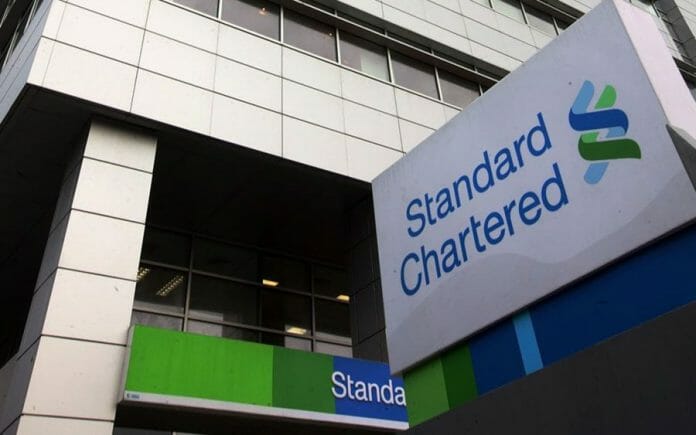Finance Minister Tengku Zafrul presented Budget 2023, against the backdrop of solid economic recovery from the pandemic, but high cost of living and the prospect of an imminent general election. On balance, the government presented a modestly narrower fiscal deficit of 5.5% of GDP versus 2022’s 5.8% and market expectations of 5%.
As the economy recovers, the government projects the fiscal deficit to narrow over the next few years to 4.4% of GDP in the Medium-Term Fiscal Framework (MTFF) 2023-25 from 5.0% in the MTFF 2022-24. This implies an average fiscal deficit of
c.3.8-3.9% of GDP in 2024-25. Total revenue projections point to a deterioration in revenue as a percentage of GDP
versus 2023’s 15% of GDP. Petroleum-related revenue is expected to average 2.7% of GDP, implying an average of c.2.5% of GDP in 2024-25, likely achievable even assuming a lower Petronas dividend contribution of MYR 25bn. Non-oil revenue is
estimated at 12.0% of GDP over 2023-25, implying an average 12.1% of GDP in 2024-25, which is significantly lower than the peak of close to 15% of GDP in 2015-
- Standard Chartered maintains a Neutral duration outlook on MYR debt on Bank Negara Malaysia rate hikes and supply pressure. Rate hikes may continue to weigh on investors’ appetite for the duration. The government announced that it is ready to implement targeted fuel subsidies on 1 January 2023. This will likely lead to a pick-up in inflation, raising the risks of further BNM hikes. A weak Malaysian ringgit may also weigh on investor appetite for MYR debt, a short end of the curve.
- At the long end, supply pressure may keep yields elevated. While Budget 2023 continues to pursue medium-term fiscal consolidation, with the fiscal deficit narrowing to 5.5% of GDP from 5.8% in 2022, the deficit is wider than the 5.0% that markets were expecting.
- Based on financing needs in the latest budget announcement, SC expects 2023 gross and net supply to be c.MYR 180bn and c.MYR 103bn, respectively. The Bank estimates gross MGS and GII issuance of MYR 90bn each in 2023 – new funding of MYR
- 103bn, and MGS and GII redemptions of MYR 77bn. The detailed auction schedule for 2023 has not been released but expects 37 auctions, based on previous years. The breakdown between public and private issuance is likely to be 80/20%, similar to previous years. Given that redemption of MGS (MYR 38.3bn) and GIIs (MYR 39bn) in 2023 are similar, SC expects the government to issue the notes with a 50:50 ratio. Most of the redemptions are set to occur during the March-May and July-August periods.
- SC sees better local support during these two periods due to higher reinvestment demand from onshore investors. YTD, foreign investors have net-sold c.MYR 5.3bn of MYR debt. March, June, and July saw the largest net selling of more than MYR 4bn amid hawkish rhetoric from developed market (DM) central banks. August saw net buying of MYR 3.6bn amid
- better risk sentiment, but September was challenging amid DM central banks turning significantly hawkish.
- Foreign demand for MYR debt may only pick up once the Fed pivots, potentially in early 2023. In H1, SC observed selling from asset management firms and central banks. Meanwhile, foreign pension fund demand remains resilient.









